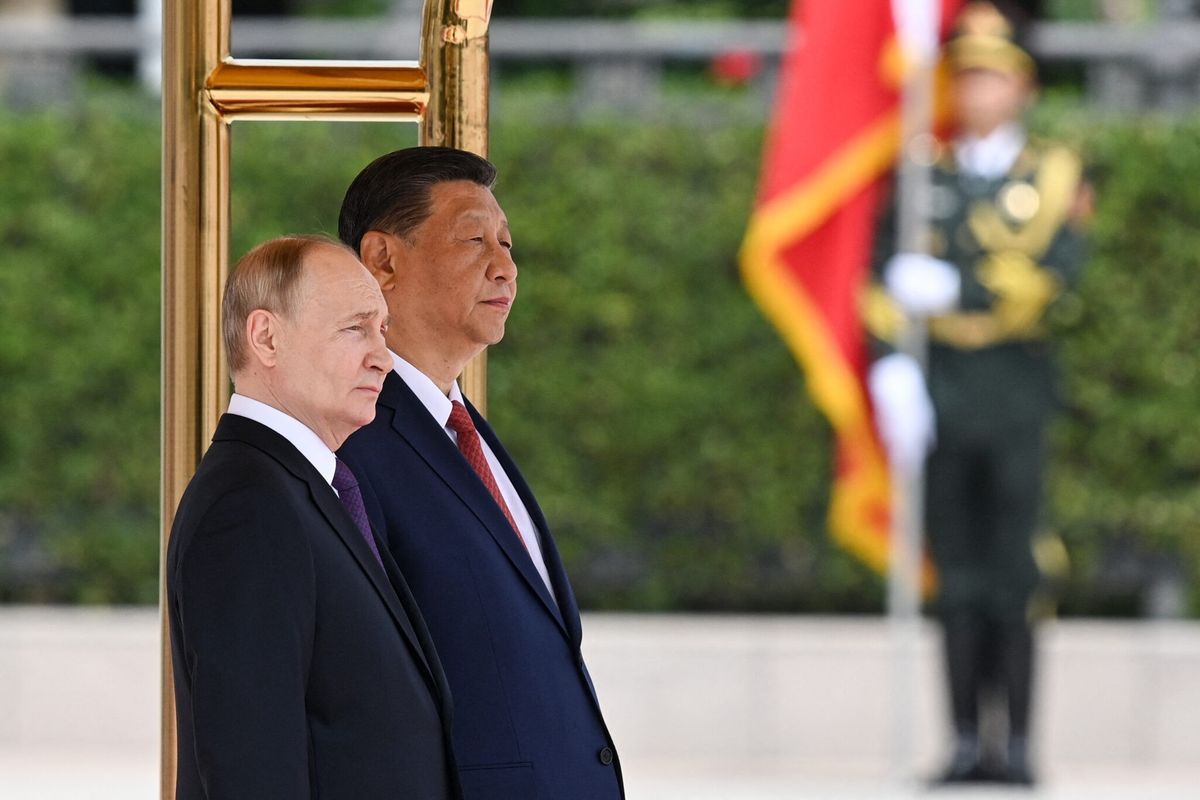North Korea informed the U.S. on July 10th that it would cut off the New York channel of communication to the U.S. Government. If American policymakers lament their own lack of leverage against North Korea, this move demonstrates the limited options Pyongyang has with which to respond to the July 6 U.S. human rights sanctions against the North Korean leader, Kim Jong-un, and other top officials. For the North, options on the table include words, harshness toward U.S. citizen detainees, or nuclear/missile tests.
“Because the United States did not accept our demand that the sanctions be retracted, we are taking concrete actions one by one, the first of which is to completely cut off the New York channel of communication, the only official point of contact that has existed between the two sides,” the Korean Central News Agency announced July 11.
Meanwhile, the North said it would deal with two U.S. citizens it holds under its wartime law, implying that the detainees would not be released on humanitarian grounds.
By describing the New York channel cut-off as its “first” response, the North implied that it may conduct further nuclear or missile tests.
In fact, North Korea is already using the testing option; the North launched a ballistic missile from a submarine July 9 (although this test reportedly failed after launch) and followed up with a more successful test firing of three ground-launched ballistic missiles ten days later.
Also on July 11, North Korea responded stridently to a U.S.-South Korea decision to deploy the Terminal High Altitude Area Defense (THAAD) missile defense system in South Korea, threatening a “physical response” once the time and location for deployment in South Korea were confirmed. The U.S.-ROK agreement was signed in the aftermath of North Korea’s 4th nuclear test earlier this year.
According to the U.S.-Korea Institute at Johns Hopkins University, imagery from North Korea’s Punggye-ri nuclear test facility shows that it remains in a state of readiness should Pyongyang decide to conduct another nuclear test.
New York Telephone
In the absence of formal diplomatic relations and embassies in each other’s capitals, the North Korean Mission to the United Nations in New York has served as the de facto diplomatic channel between North Korea and U.S. officials in Washington, DC. Messages have been passed back and forth, and Washington officials have visited New York for face-to-face discussions with the North Koreans.
Communications through the New York channel, originally established in the early 1990s, have sometimes resembled a diplomatic floating poker game. By the mid-1990s, they mainly took place in the UN Plaza Hotel coffee shop near the U.S. Mission to the UN, where they were subject to public eavesdropping. That changed when they were moved into the U.S. Mission itself, during U.S. Ambassador to the UN Bill Richardson’s tenure in New York, when the New York channel may have been in its heyday as a means of communicating and resolving differences. During the George W. Bush Administration, the New York channel meetings were moved to the North Korean Mission to the UN, and the U.S. Mission to the UN was kept out of the loop. Over the years, however, the importance of the New York channel appears to have dwindled, and its focus shifted more to administrative matters, such as visa applications, as relations between the U.S. and North Korea have spiraled downward.
While it is usually foolish to cut off communication between countries, especially during a period of tension, North Korea’s latest move is easy to reverse; when it has something to say, North Korea can simply decide to pick up the phone and call the U.S. Mission to the UN in New York.
At this point, however, North Korea will probably wait out the Obama Administration before it does pick up the New York phone again.








